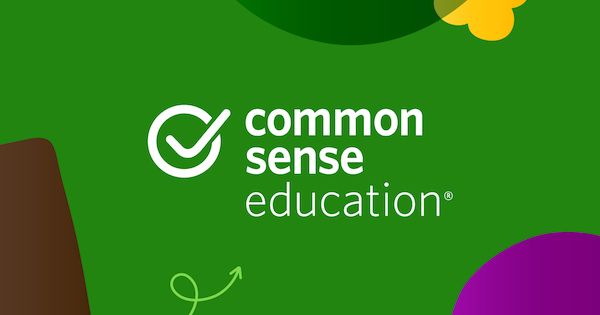Introduction
In today's educational landscape, understanding the diverse personality types of students is crucial for fostering an inclusive environment. This article discusses five effective strategies that teachers can implement to support both introverted and extroverted learners in the classroom. By recognizing the unique strengths and challenges of each personality type, educators can create a more balanced and engaging learning experience.
Key Features:
- Choice Central: Allow students to choose how they learn and demonstrate their understanding, catering to their individual preferences.
- Redefining Participation: Expand the definition of participation beyond verbal contributions to include various forms of engagement.
- Flexible Learning Spaces: Adapt classroom layouts to accommodate different learning styles and promote collaboration.
- Encouraging Reflection: Provide opportunities for students to reflect on their learning processes, which can benefit both introverts and extroverts.
- Building Community: Foster a classroom culture that values diverse contributions and encourages mutual respect among students.
Use Cases:
- Teachers looking to enhance classroom dynamics.
- School Administrators aiming to implement inclusive policies.
- Educational Trainers developing professional development programs for educators.

